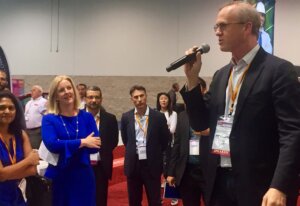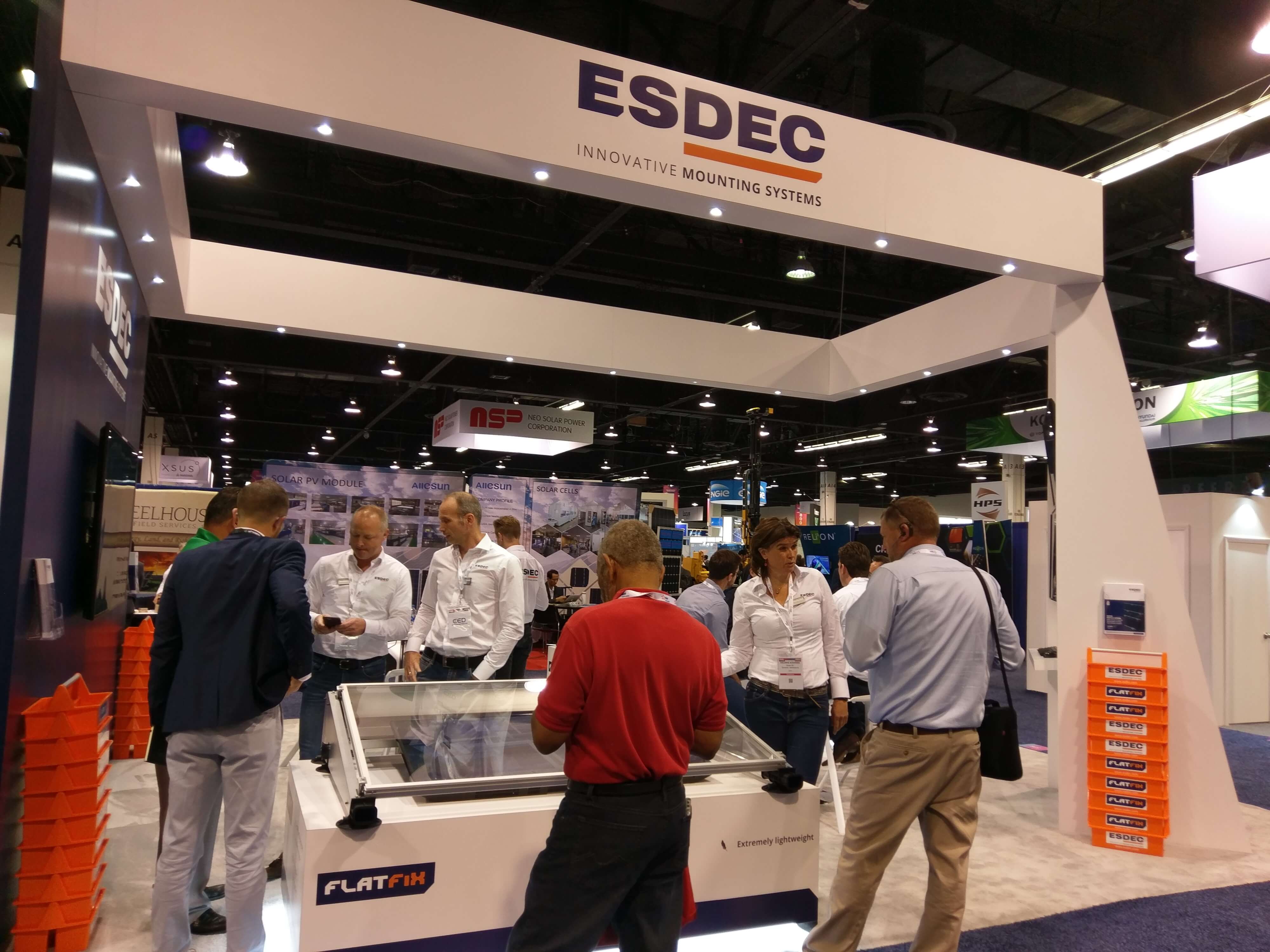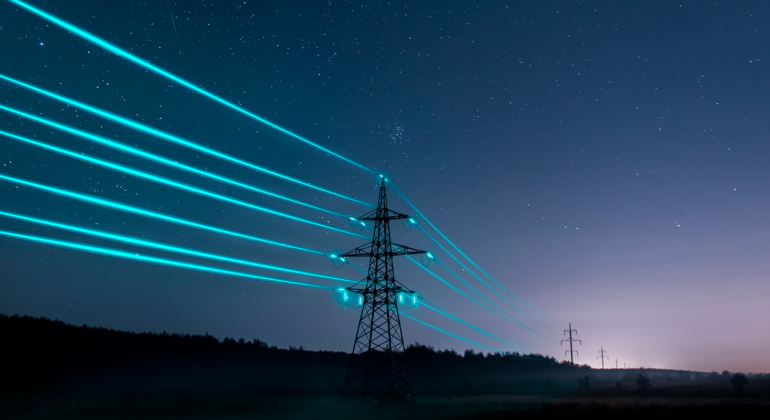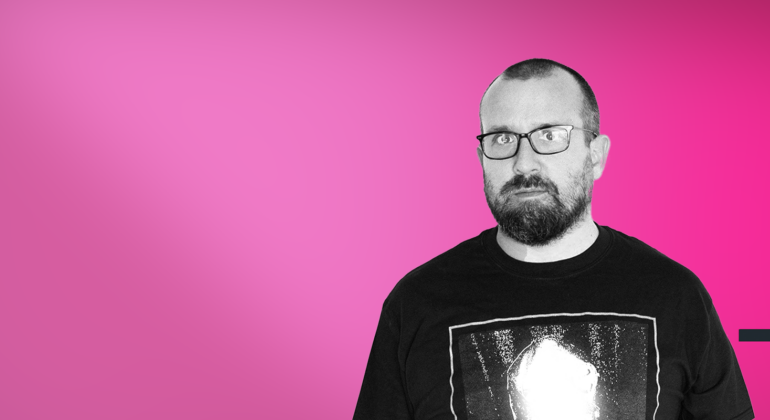For anyone who has been in the solar industry for a few years, Solar Power International 2018 could have been déja vu all over again—Anaheim, again, all the largest brands in solar, again—except it wasn’t. Far from it. When #SPICon last landed in Southern California, in 2015—breaking 15,000 attendees for the first time—the industry was staring down the barrel of an expiring Federal Investment Tax Credit, energy storage was little more than a twinkle in the industry’s eye, and there were ad hoc lounges on the show floor where exhibitors had canceled. In short, there was a distinct air of trepidation.
This year’s show brought 20,000-plus people to Anaheim Convention Center, just down the road from the Happiest Place on EarthTM, and this time it felt it. With a federal government that’s been unabashedly anti-renewables, tariffs threatening the bottom line, and thinning margins, the industry would have been forgiven for feeling stressed. But the big surprise of SPI 2018 was that the mood was decidedly optimistic. And a lot has changed. Here are some observations from the show in my new role as managing director of Kiterocket’s renewables practice.
While the “S” in SPI is for solar, the more important S stands for smart, with Solar Power International and Energy Storage International coming together under the umbrella of North America Smart Energy Week. The name change is reflective of something easily seen on the expo floor: the edges between solar, storage and smart energy are blurring. “Clearly, this isn’t just a solar show anymore,” noted Julia Hamm, president and CEO of trade group SEPA, an organization that renamed itself the Smart Electric Power Alliance two years ago in response to the changing times.
 Residential inverter companies offer smart EV chargers, utility-scale tracking companies like our client NEXTracker are integrating on-site storage, smart home appliances are talking to home batteries, and asset managers are leveraging machine learning and intelligent monitoring systems. The bold lines on the expo floor that delineate residential from commercial and industrial, and solar from energy storage are indicative only. Many of the biggest exhibitors are jostling for the positions that plant them on or near the edge, because that’s where they live, with offerings in more than a single category. For those of us in the marketing and communications business, this evolutionary shift is exciting, offering countless possibilities for creative branding, messaging and storytelling.
Residential inverter companies offer smart EV chargers, utility-scale tracking companies like our client NEXTracker are integrating on-site storage, smart home appliances are talking to home batteries, and asset managers are leveraging machine learning and intelligent monitoring systems. The bold lines on the expo floor that delineate residential from commercial and industrial, and solar from energy storage are indicative only. Many of the biggest exhibitors are jostling for the positions that plant them on or near the edge, because that’s where they live, with offerings in more than a single category. For those of us in the marketing and communications business, this evolutionary shift is exciting, offering countless possibilities for creative branding, messaging and storytelling.
The second change we noticed was that the industry has the swagger of a popular kid. No matter what the regulators throw our way, the decline in prices means there’s a clear argument for clean, reliable solar power at the utility scale. Solar is competing successfully head-to-head with traditional energy sources on a regular basis. Corporations are buying more solar and renewables than ever and are leading the way with #StillIn commitments to meet the Paris Agreement, even if the Trump administration is opting out. Homeowners and small business owners see solar with battery backup as a way of tempering the fear that arrives with each new season of extreme weather events.
The trends on all levels point to being on a sustainable, long-term positive trajectory. Solar and energy storage may still comprise relatively small parts of the total energy system, but they (along with wind) represent the most significant portion of a new generation—solar has been first or second in new electric capacity additions for five years and counting—and that trend has no end in sight.
 The final notable trend is a product of the second one: There was money at SPI. Big money. Having attended Bloomberg New Energy Finance and Renewable Energy Finance Forum in New York earlier this year, I know there are deep pockets with an appetite for smart energy investments out there. At SPI, their presence was unavoidable. There have always been some investors looking for undercapitalized companies with promising ideas or developers with solid projects, but 2018 brought more fund managers to the show than I have seen before. Those I spoke with expressed a common frustration: There’s more money than opportunity. It’s that mismatch that will continue to drive the industry for years to come.
The final notable trend is a product of the second one: There was money at SPI. Big money. Having attended Bloomberg New Energy Finance and Renewable Energy Finance Forum in New York earlier this year, I know there are deep pockets with an appetite for smart energy investments out there. At SPI, their presence was unavoidable. There have always been some investors looking for undercapitalized companies with promising ideas or developers with solid projects, but 2018 brought more fund managers to the show than I have seen before. Those I spoke with expressed a common frustration: There’s more money than opportunity. It’s that mismatch that will continue to drive the industry for years to come.
Major industry events are energizing, exhausting and fun (did I mention the parties?). This year, Smart Energy Week was also inspiring. The #KiterocketRenew team came away feeling that smart energy has moved from being a plucky entrant to a mainstream participant. There’s no question whether renewables will win out; the only question lies in how quickly they will do so and become the energy system of the future. By the time SPI/ESI takes place next September in Salt Lake City, we may still be struggling to think of the show as SEW, but we won’t have any doubts about our clients’ and the industry’s ability to survive and thrive.


